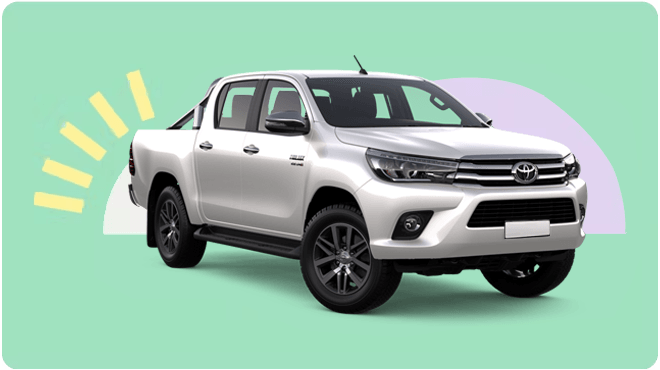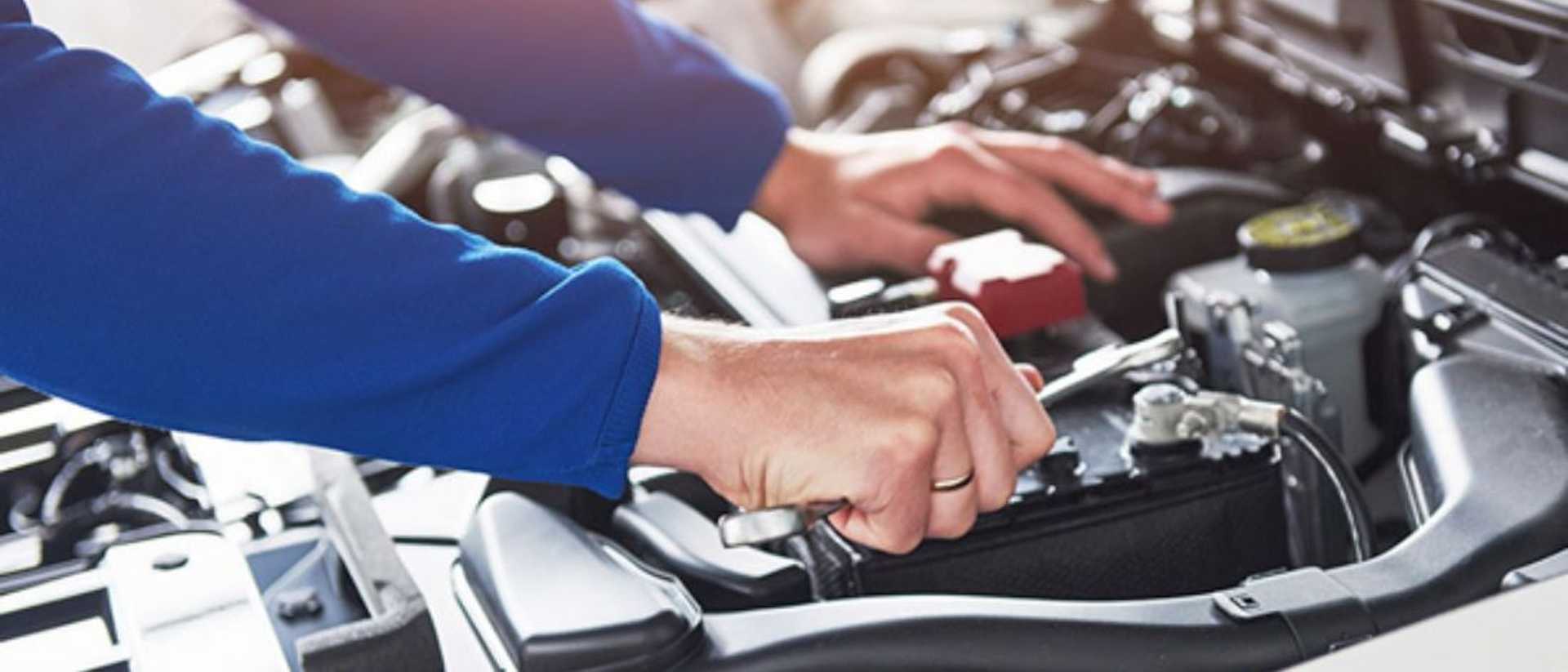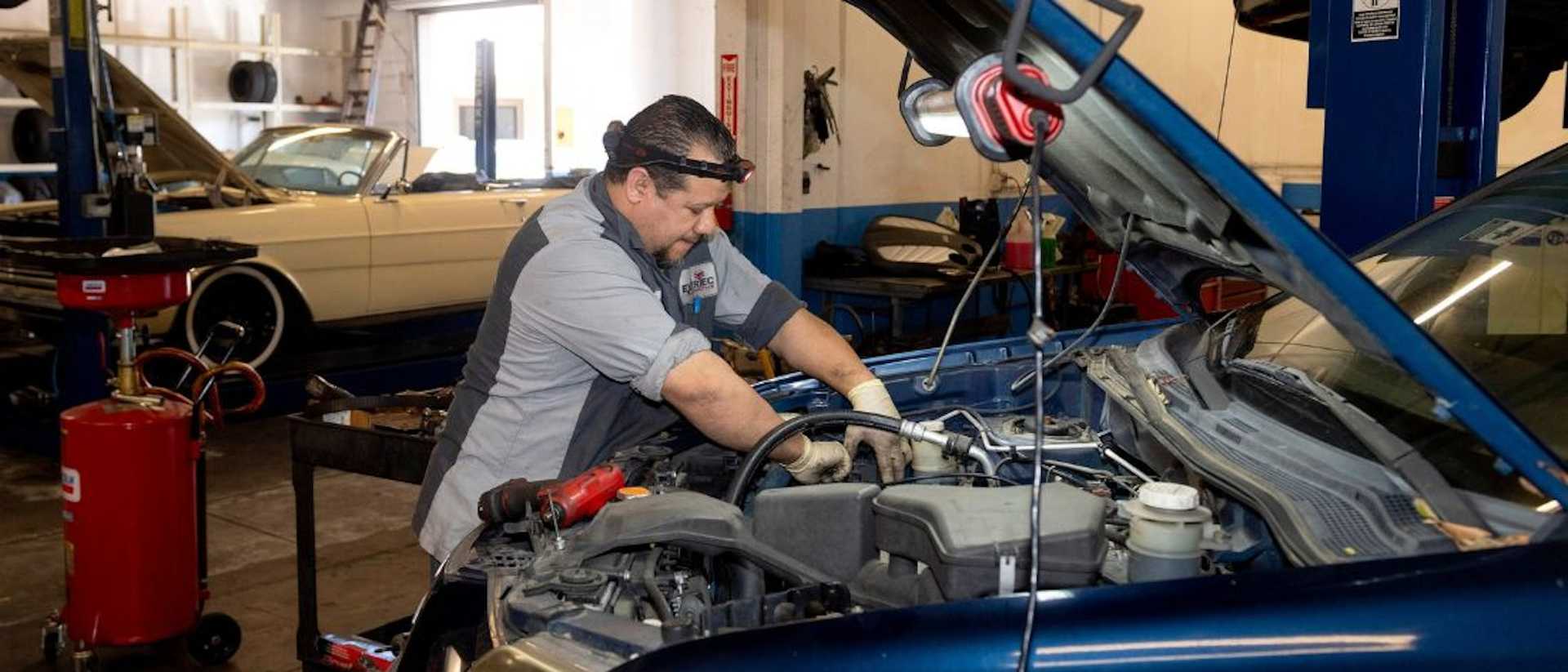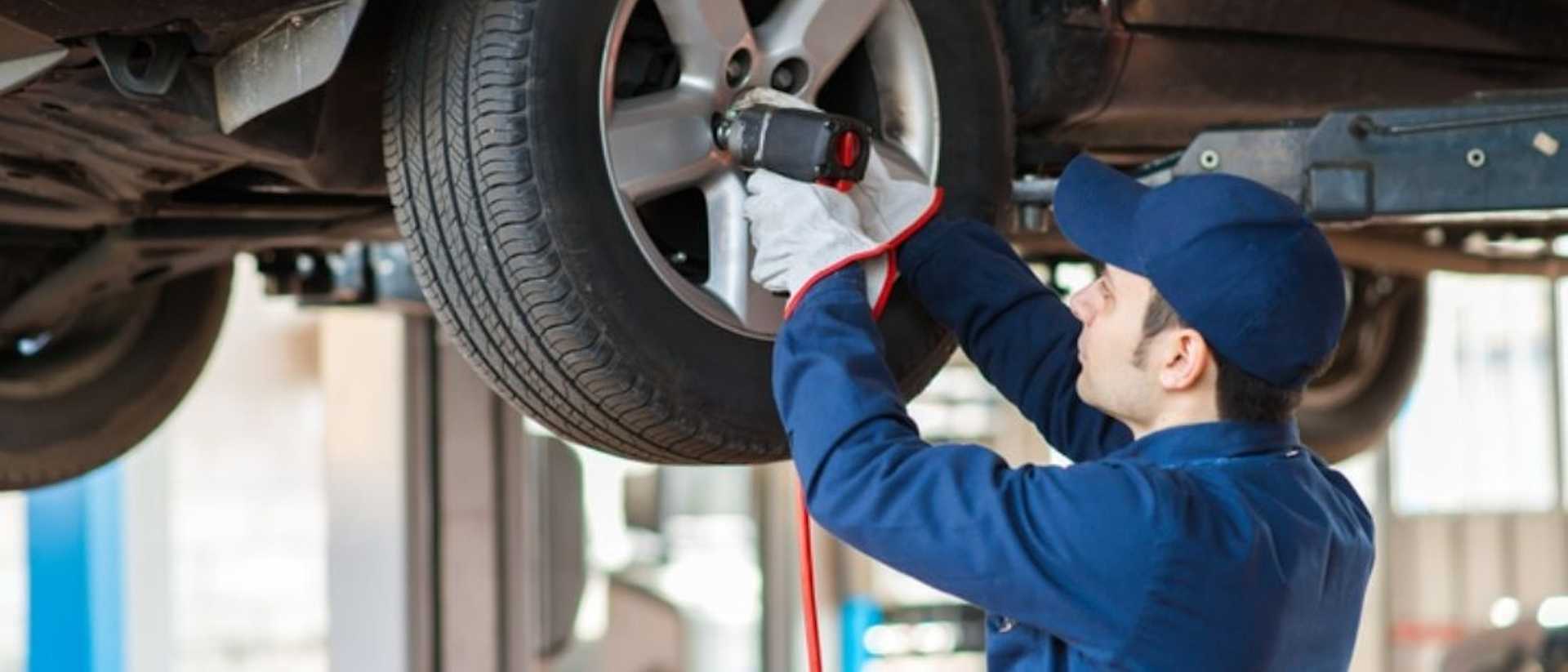Understanding Residual Value in Novated Leases

When it comes to purchasing a car, you have a variety of options available to you as an Australian driver. You can take out a personal loan, a car loan, or pay cash outright, but many are discovering the significant savings and convenience of a novated lease. If you're looking to smooth your budget and reduce your taxable income, a novated lease can be a great alternative. Novated leasing is a salary sacrifice arrangement, where your vehicle and associated running costs are bundled into a single payment, deducted from your pre-tax salary. This allows you to enjoy great fleet discounts, GST savings, and a reduced taxable income, all while having the convenience of a single payment for all your vehicle expenses.
Key Takeaways
- A novated lease provides significant savings through tax benefits and fleet discounts.
- The residual value, or balloon payment, is the amount you'll need to pay at the end of the lease term.
- The residual value is set by the Australian Tax Office (ATO) and is designed to reflect the likely market value of the vehicle.
- Choosing a vehicle that retains its value well can help you maximise your options at the end of the lease.
- You have several options at the end of the lease, including trading in, refinancing, or paying out the residual.

What is a Residual Value in a Novated Lease?

When you enter into a novated lease, you'll often hear the term "residual value" mentioned. The residual value, also known as a balloon payment, is the payment required by the Australian Tax Office (ATO) at the end of your novated lease term. Understanding the role of residual value is key to getting the most out of your novated leasing arrangement.
Definition of Residual Value
The residual value is the estimated market value of your vehicle at the end of the novated lease term. The ATO provides a scale of residual value minimums to guide lessors and lessees, though these are not set in stone. The intent of the residual value is to reflect a likely market value for the vehicle when the lease ends.
Residual Value as a Balloon Payment
After your novated lease term, you'll need to pay the residual value as a lump sum "balloon payment" to the leasing company. This amount represents the expected value of the vehicle at that time, which you can then use towards the purchase of a new car or to keep the existing vehicle.
ATO Guidelines on Residual Values
The ATO minimum residual value is generally a very liberal estimate, often higher than the actual market value of the vehicle at lease end. As such, vehicles typically sell for more than the residual value specified by the ATO, providing an opportunity for potential profit when you choose to trade in or sell the car.
How is the Novated Lease Residual Value Calculated?

The residual value in a novated lease is set by the Australian Tax Office (ATO) and is a crucial aspect of understanding this financing option. The residual value represents the estimated value of the vehicle at the end of the lease term, and it plays a significant role in determining your monthly payments and overall lease costs.
Residual Value Percentages
The residual value percentages are based on the cost of the vehicle and the lease term you choose. The ATO provides a scale of these percentages, which are as follows:
- 12 Months - 65.63%
- 24 Months - 56.25%
- 36 Months - 46.88%
- 48 Months - 37.50%
- 60 Months - 28.13%
Calculation Based on Vehicle Cost
To calculate the residual amount, you simply need to multiply the cost of the vehicle by the applicable residual value percentage based on your chosen lease term. This will give you the estimated residual value that you will need to pay at the end of the lease.
Lease Term Impact on Residual Value
The longer the lease term, the lower the residual value percentage will be. This means that if you choose a longer lease, the residual amount you'll need to pay at the end will be lower, but your monthly payments will be higher. Conversely, a shorter lease term will result in a higher residual value percentage and a higher residual amount, but lower monthly payments.
Benefits of a Lower Residual Value

The residual value is sometimes viewed as a disadvantage of getting a novated lease, as it is a large amount to pay in one go. However, it can actually work to your advantage. Even if vehicle prices increase between the time you start your lease and when it comes time to trade in your vehicle, your residual will not change. This means that if inflation causes used cars to cost more when you're trading in, you could stand to sell your car for more than the residual amount that's due, keeping any resale profit tax-free. The key is choosing a vehicle that will retain its resale value well, which our novated lease consultants can help with.
Lower Monthly Payments
One of the benefits of a lower residual value is that it can result in lower monthly payments on your novated lease. This can make the overall cost of vehicle purchase more manageable and affordable, freeing up funds for other expenses or investments.
Potential for Resale Profit
If the vehicle resale value at the end of your novated lease term is higher than the residual amount you're required to pay, you could potentially keep the difference as a resale profit. This can be a significant advantage, especially if the used car market is strong when you're ready to trade in your vehicle.
Novated Lease Residual Value

Choosing a vehicle that will retain its value well will help you make the most of your trade-in when the residual on your novated lease is due. The residual percentage is generally the same whether you pick a car that will hold its value well, or one that won't. Our novated lease consultants are experts on the car market in Australia and can help you decide which cars tend to hold their value best.
Importance of Vehicle Choice
The vehicle choice you make when entering a novated lease can have a significant impact on the residual value at the end of the lease term. Selecting a model that is known to retain its used car value and used car prices well can maximise the vehicle resale opportunities when it's time to transition to your next car.
Residual Value and Market Conditions
However, your ability to sell your vehicle for a profit could also be impacted by the overall market conditions for used cars at that time and any government regulations that may have been introduced since you acquired it initially. Factors such as supply and demand, as well as broader economic trends, can influence the value of your vehicle when it's time to trade it in or sell it outright.
Options at the End of Your Novated Lease

As your novated lease term comes to an end, you'll have several options to consider. These include trading in your existing vehicle for a new lease, or refinancing or paying out the residual on your current vehicle.
Trade In and Upgrade
One popular choice is to trade in your vehicle at the end of the novated lease and use that toward a new lease on a different car. This allows you to upgrade to a newer model or a vehicle that better suits your current needs. Your novated lease consultant can assist you in finding the right new vehicle and ensuring a seamless transition.
Refinance or Pay Out the Residual
Alternatively, you may decide to refinance the residual value of your existing vehicle or pay out the residual in a lump sum. This option enables you to retain your current car and avoid the hassle of a trade-in or new lease. Your novated lease provider can guide you through the process of refinancing or paying out the residual to ensure you make the best decision for your situation.
Conclusion
In conclusion, understanding the residual value in a novated lease is important for Australian drivers looking to get into their next vehicle and enjoy the benefits of this financing option. The residual value, set by the ATO, represents the likely market value of the vehicle at the end of the lease term and can work to your advantage if the vehicle retains its value well. By working with experts in novated leasing, you can make the most of your lease and have flexibility in your options when it comes time to transition to a new vehicle.
Whether you choose to trade-in your vehicle, refinance the residual value, or pay it out, the key is selecting a car finance solution that aligns with your long-term car running costs and driving needs. By taking the time to understand the residual value and working with knowledgeable professionals, you can ensure a seamless transition to your next vehicle and continue to enjoy the benefits of a novated lease.
Ultimately, the residual value is an important consideration in a novated lease, but it can also be a valuable tool in your vehicle ownership strategy. By staying informed and working with the right partners, you can leverage the residual value to your advantage and make the most of your novated lease experience.
How Driva Can Help You Finance Your Next Vehicle Purchase
When it comes to novated leasing, Driva can help you finance your next vehicle purchase by offering a range of options to make the process easier. In a novated lease agreement, the ATO sets the minimum residual value of the vehicle, which means a lower residual value is set for you upfront. This is the amount required to make the residual payment at the end of your lease, similar to a balloon payment work in a loan. Driva compares 30+ lenders so you get the best rate, with personalised rates that enter transparent and no hidden fees. Whether you are looking at a new novated lease or a used car novated lease, Driva can help you navigate the complexities of the residual payment on a novated lease.
Frequently Asked Questions
What is residual value in a novated lease?
Residual value in a novated lease refers to the value of the car at the end of the lease term. It is the amount that needs to be paid as a final balloon payment to own the car outright.
How does the residual payment work in a novated lease?
The residual payment in a novated lease is the balloon payment made at the end of the lease to purchase the car. This payment is calculated as a percentage of the vehicle's value based on the lease terms.
What happens at the end of a novated lease?
At the end of a novated lease, you have the option to either return the car, buy the car by paying the residual amount, or trade it in for a new lease.
How is the minimum residual value determined in a novated lease?
The minimum residual value in a novated lease is calculated based on a minimum percentage of the car's initial value. This ensures that the value of the car is maintained throughout the lease term.
What happens if the residual value of the car is lower than expected at the end of the novated lease?
If the residual value of the car is lower at the end of the lease, you may need to make up the difference in order to own the car outright or consider other options such as returning the car or trading it in.
Do I need car insurance at the end of a novated lease?
It is advisable to have car insurance at the end of a novated lease to protect the value of the vehicle and cover any unexpected costs that may arise.
How are running costs with a novated lease accounted for?
Running costs with a novated lease are typically included in the lease agreement and deducted from your salary sacrifice car payments. This helps to manage all expenses related to the vehicle effectively.
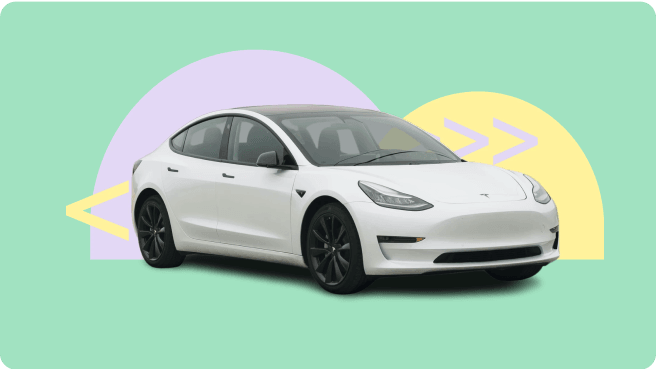

.png)

